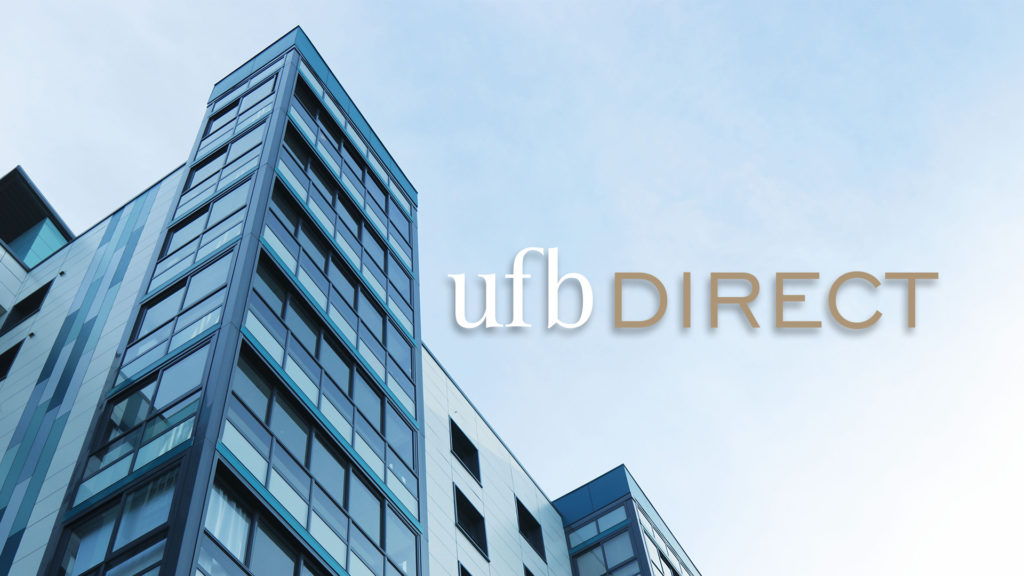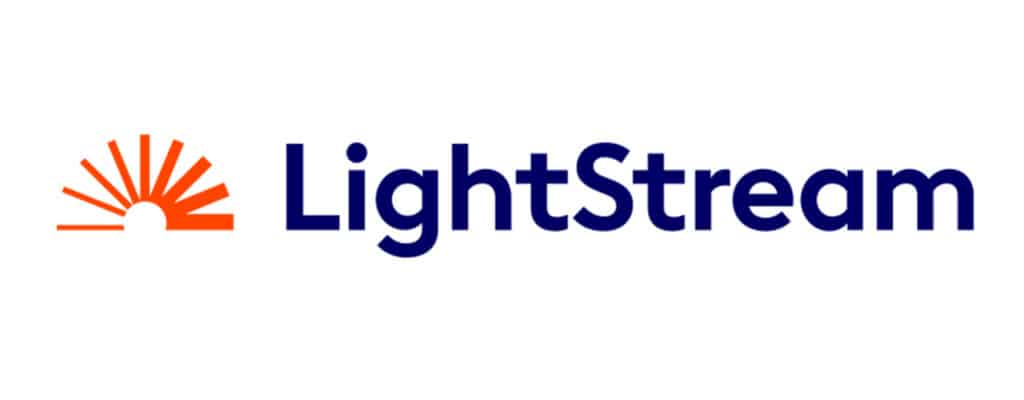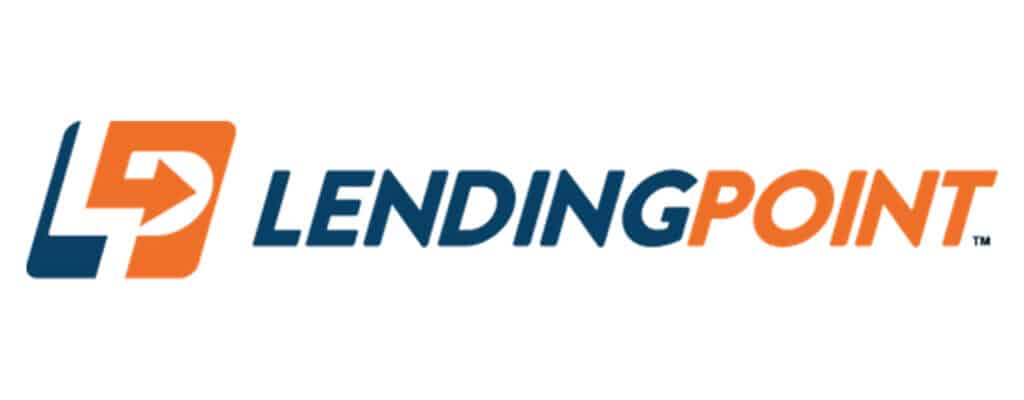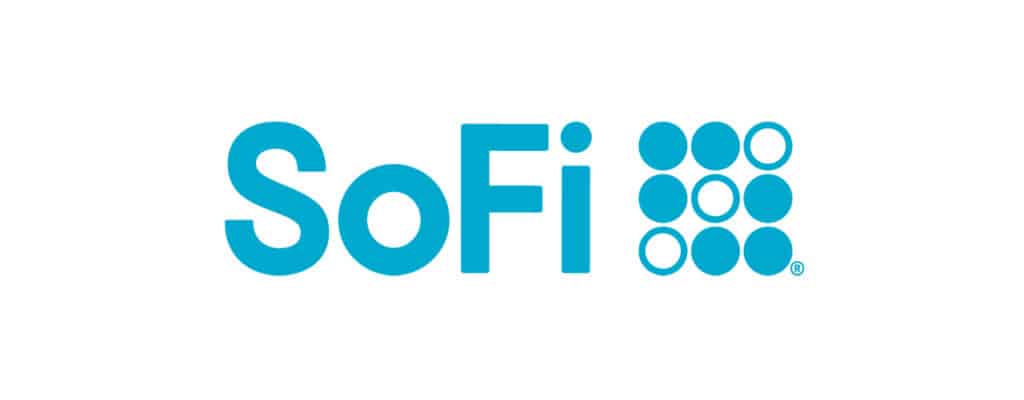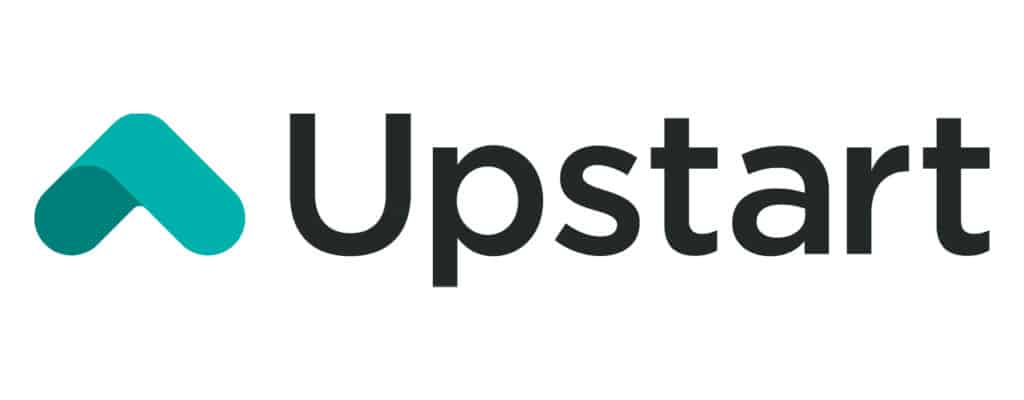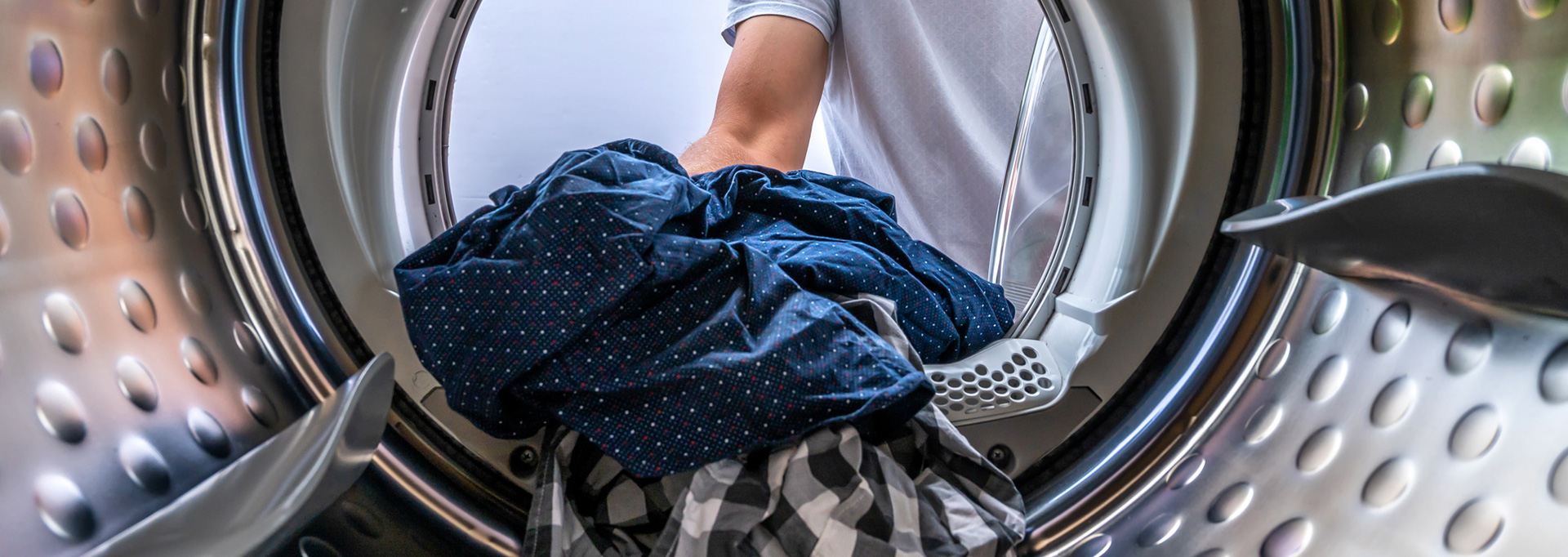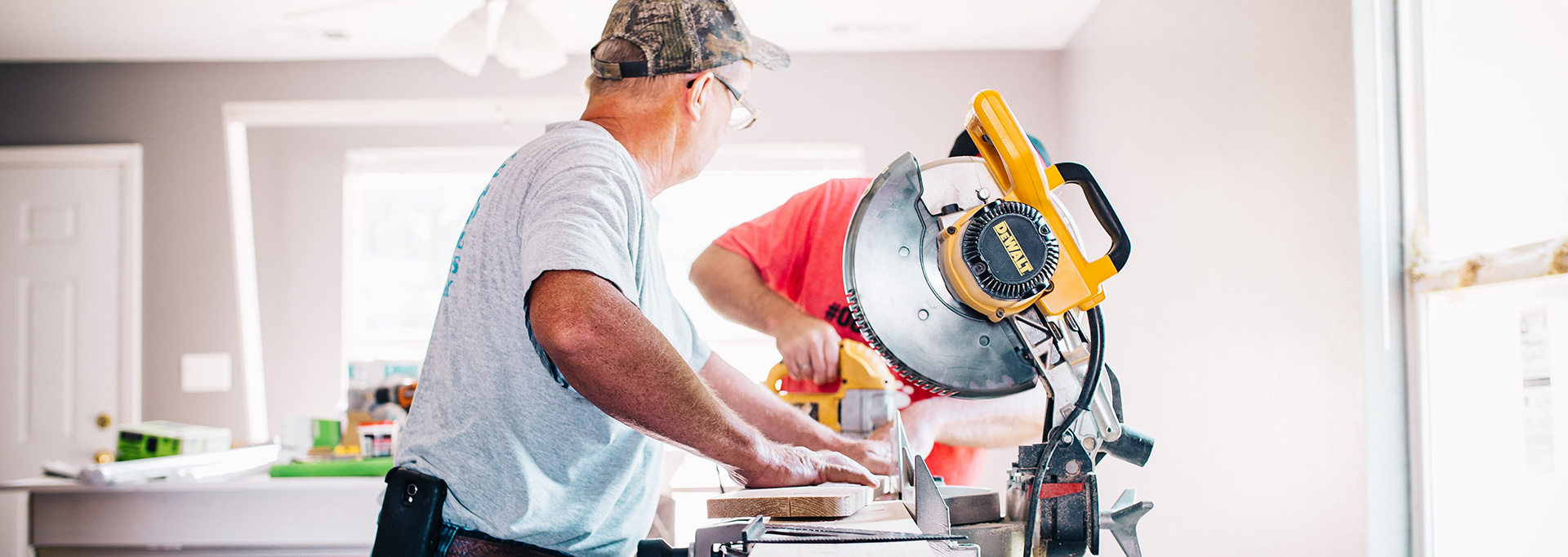Most products on this page are from partners who may compensate us. This may influence which products we write about and where and how they appear on the page. However, opinions expressed here are the author's alone, not those of any bank, credit card issuer, airline or hotel chain.
Renovating a home has several benefits. It can boost your home's market value and comfort level. But a drawback is that renovations can be pricey. Some home improvement projects cost thousands of dollars, which you might not be able to pay for out of pocket.
One solution is to take out a home improvement loan to get the needed cash. We'll walk you through several options to help you make an informed decision.
Best Home Improvement Loans
- Best for Bad Credit: Upgrade
- Best for Low Rates: LightStream
- Best for Fast Funding: LendingPoint
- Best for No Fees: SoFi
- Best for Limited Credit: Upstart
Loan results will vary based on creditworthiness, loan purpose, loan amount, and other factors.
Best for Bad Credit: Upgrade
Upgrade
- Loan Amounts$1,000 – $50,000
- Loan Terms24 – 84 months
- APR Range8.49% - 35.99%
- Minimum
Credit Score560 or aboveA credit score is used to indicate the creditworthiness of an applicant, but it is only one of several factors considered for approval. These credit scores alone are not guarantees for approval and should only be used as guidelines.
Borrowers with less-than-stellar credit profiles may find Upgrade personal loans accessible, and its quick funding and flexible payment due dates convenient.
Overview
Upgrade offers personal loans that are accessible to those with not-so-ideal credit scores. The low loan minimum of $1,000 also makes it an easy choice for those with small financing needs. However, borrowers in certain states will be subject to higher minimum loan amounts. With this lender, you can expect to pay an origination fee. Borrowers can view their rate before applying without impacting their credit score. Overall, Upgrade is worth considering if you’re looking for a lender that is willing to work with lower credit scores and offers loans with competitive rates and flexible terms.
Pros
- Accessible to borrowers with bad credit
- Flexible loan terms
- Joint applications allowed
- Secured loan options
- Direct payment to creditors
Cons
- Has origination fees
- No physical branches
- Higher APRs than some competitors
Best for Low Rates: LightStream
LightStream
- Loan Amounts$5,000 – $100,000
- Loan Terms24 – 144 months
- APR Range7.49% – 25.49% (with autopay)
- Minimum
Credit Score660 or aboveA credit score is used to indicate the creditworthiness of an applicant, but it is only one of several factors considered for approval. These credit scores alone are not guarantees for approval and should only be used as guidelines.
LightStream is a solid online lender offering no fees, high loan maximums and low-rate personal loans for several purposes.
Overview
LightStream offers personal loans for several purposes, including debt consolidation, medical expenses, home improvement, weddings, car purchases and more, making this worth considering for those seeking flexibility. The lender offers relatively low rates compared to competitors, including autopay discounts. Its personal loans also have no origination fees or late fees, which can help keep borrowing costs low. However, borrowers will likely need to have good-to-excellent credit in order to be approved for a LightStream personal loan. Overall, it’s a good lender to add to your shortlist if you’re looking for flexible funding, no fees and a low APR. Lightstream may also disburse loans as soon as the same day you’re approved, making this lender a worthy choice if you need fast funding.
Pros
- Low minimum APR
- No origination fees, no late fees
- High loan maximum of $100,000
- Autopay discount
- Joint applications allowed
Cons
- Rates and terms vary by loan purpose
- No soft pull prequalification
- Must have good-to-excellent credit
- No physical branches
Best for Fast Funding: LendingPoint
LendingPoint
- Loan Amounts$2,000 – $36,500
- Loan Terms24 – 72 months
- APR Range7.99% – 35.99%
- Minimum
Credit Score600 or aboveA credit score is used to indicate the creditworthiness of an applicant, but it is only one of several factors considered for approval. These credit scores alone are not guarantees for approval and should only be used as guidelines.
LendingPoint offers fast personal loans with flexible credit requirements, making it accessible for borrowers with less-than-ideal credit.
Overview
LendingPoint uses technology to help evaluate potential borrowers and has more flexible credit score requirements than some competitors. Its personal loan APRs are fairly competitive, and loan funds can be disbursed in as soon as one business day. However, borrowers may need to pay an origination fee, ranging from 0% to 8% of the total loan amount. Still, LendingPoint’s low minimum credit score and lengthy maximum repayment term make it a compelling offering.
Pros
- Fast funding available
- Low minimum credit score requirement
- Long repayment terms up to 72 months
Cons
- Relatively low maximum loan amount ($36,500)
- No physical locations
- Origination fee may apply (0% to 8%)
Best for No Fees: SoFi
SoFi Personal Loans
- Loan Amounts$5,000 – $100,000
- Loan Terms24 – 84 months
- APR Range8.99% – 29.49%
- Minimum
Credit Score680 or aboveA credit score is used to indicate the creditworthiness of an applicant, but it is only one of several factors considered for approval. These credit scores alone are not guarantees for approval and should only be used as guidelines.
SoFi's personal loan offering comes with no fees required and a high loan maximum that may be a good fit for those seeking large loans.
Overview
SoFi offers a competitive personal loan product that boasts no origination fees, no late fees, and a high maximum loan amount of $100,000. SoFi is one of only a handful of lenders offering loans as large as $100,000. If you need a substantial loan to cover a considerable expense, like a home renovation, SoFi’s high maximum can be a strong option. One standout feature of SoFi is that it offers unemployment protection, which might allow you to pause payments if you lose your job. Same-day funding is also available for qualified borrowers
Pros
- No origination fees, no prepayment penalties and no late fees
- Loans up to $100,000
- Unemployment protection available
- Autopay rate discounts
- Co-borrower allowed
- Same-day funding available
Cons
- No physical branches
- High minimum loan amount
- Good credit likely required
Best for Limited Credit: Upstart
Upstart
- Loan Amounts$1,000 – $50,000
- Loan Terms36 or 60 months
- APR Range7.8% - 35.99%
- Minimum
Credit Score300 or aboveA credit score is used to indicate the creditworthiness of an applicant, but it is only one of several factors considered for approval. These credit scores alone are not guarantees for approval and should only be used as guidelines.
Using artificial intelligence to help evaluate borrowers, Upstart is a unique lending platform that looks beyond your credit score for personal loan approval.
Overview
Upstart is a first-of-its-kind online lending platform that uses artificial intelligence to help make smarter lending decisions. This means the company considers factors beyond a borrower’s credit score to help determine creditworthiness. Upstart indicates its model has resulted in 43% lower rates for borrowers than traditional credit score models.
Beyond your credit score, Upstart will also look at your employment history, income and level of education when deciding whether to approve you for a loan. The company states that borrowers with credit scores as low as 300 might be able to get approved for a personal loan, though that loan may come with a relatively high APR.
Upstart’s rates are fairly competitive and loan funds are disbursed as soon as one business day after approval. This lender charges origination fees, so it’s important to read the fine print before applying.
Pros
- Considers factors beyond your credit score in lending decisions
- Loans up to $50,000
- Fast funding time
- Check rate without affecting credit score
- Low minimum credit score requirement
Cons
- No physical locations
- Limited repayment terms
- Has origination fees
- High maximum APR
- Not available in Iowa or West Virginia
What Is a Home Improvement Loan?
A home improvement loan is any financing a homeowner uses to fund home improvement projects. Common home improvement loans include personal loans, home equity loans, home equity lines of credit (HELOCs) and cash-out refinances.
Home improvement loans can be broken down into the following two general categories:
- Secured. A secured home improvement loan typically requires you to pledge collateral — something of value like the equity in your home. If you default on the loan, the lender can take your home.
- Unsecured. An unsecured loan doesn’t require you to pledge collateral. If you default on the loan, a lender can’t seize your assets unless it has a court’s permission.
Secured loans such as home equity loans, HELOCs and cash-out refinances are usually backed by a home's equity. Personal loans, on the other hand, are usually unsecured.
Popular Uses for a Home Improvement Loan

Consumers take out loans to tackle a variety of home improvement projects. Below are some examples:
- Kitchen remodeling
- Bathroom remodeling
- Whole-house remodeling
- Patio remodeling
- Home additions such as ADUs or new home office
- New flooring
- Lighting upgrades
- Window replacement
- Energy-efficient upgrades
- Home repairs
- Installing a new roof
Home improvement loans can be a helpful way to fund upgrades and repairs for a home, especially if you don't have enough savings to cover the expenses. You can even take out a loan to pay for temporary relocation and lodging if you're undergoing a major renovation.

5 Best Emergency Loans for Same or Next-Day Funding
Types of Financing for Home Improvements
As mentioned above, there are various ways to pay for home renovations and repairs. Let's explore how some available loan options work, and the pros and cons of each.
Personal Loans
Pros
- No collateral required
- Some lenders issue funds as soon as the same business day
Cons
- Good credit needed to qualify for a lender’s best rates
- Some lenders charge origination fees
A personal loan is a fixed-rate installment loan that's often unsecured. If you take out one, a lender usually deposits funds into your bank account. Then you repay the loan by making fixed monthly payments.
You can use the loan funds for almost any purpose, including home improvement projects. Loan terms vary but typically range from two to five years, or longer.
A major advantage of this option is that lenders can deliver funds fast — some lenders issue funds as soon as the same business day. However, a con is that average interest rates are often higher than secured loans.
0% Intro APR Credit Cards
Pros
- Long interest-free period
- Good for smaller expenses
- Fast and easy financing option
Cons
- High interest if you don't pay off the bill before the 0% intro period ends
- Not ideal for bigger expenses
- Could be easy to charge more than you can afford
For smaller home improvement projects, a 0% intro APR credit card from retailers such as Home Depot or Lowe's could be the right fit. Using a credit card is a relatively fast and easy way to finance a project, like adding a couple of new appliances to your kitchen or finally fixing that drafty window. If you finance a project with a 0% intro APR card, you'll have a long period, typically 12 to 18 months, to pay off your bill without incurring any interest.
Just keep in mind that credit cards are typically good for purchases you know you can afford to pay back before you start having to pay interest. That way, you won't be hit with extra fees and will keep your credit score intact. For sizable home expenses—or any expense you don't think you can pay off before a 0% APR period ends—you're probably better off going with one of the other options discussed here.
Pay No Interest for a Limited TimeHere Are the Best Balance Transfer Cards
Visit the Marketplace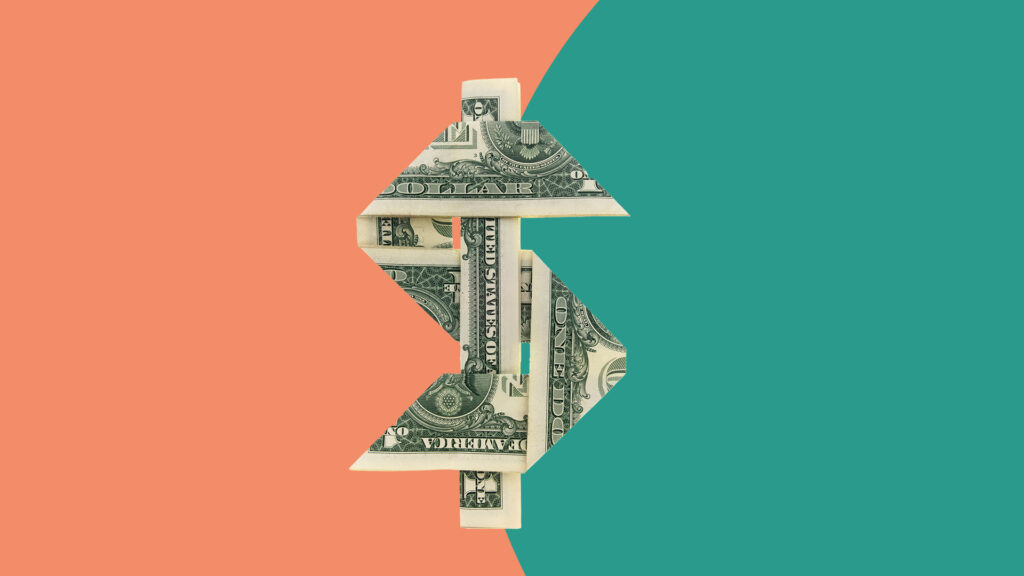
Home Equity Loans
Pros
- Fixed monthly payments can be easier to budget for
- Lower average interest rate than personal loans
Cons
- Defaulting on the loan can lead to foreclosure
- May have to pay closing costs
A home equity loan, also referred to as a second mortgage, allows you to tap the equity in your home to pay for home improvements and other expenses. It operates like a personal loan — a lender issues a lump sum of money and you repay the loan in fixed monthly installments.
A major advantage of this type of loan is that average home equity loan rates are often lower than average personal loan rates. However, a lender can take your home if you default on the loan. Plus, you may have to pay closing costs.
HELOCs
Pros
- Borrow as needed
- Only pay interest on the amount you borrow
Cons
- The interest rate varies based on market conditions
- Defaulting on the loan can lead to foreclosure
Another way you can tap your home's equity to pay for home improvements is by taking out a HELOC. A HELOC operates like a credit card. If approved for one, a lender will issue you a line of credit you can borrow from as needed. Unlike a home equity loan, HELOCs usually have variable interest rates.
Another difference is that a HELOC has two repayment periods: a draw period and a repayment period. During the draw period, which often lasts 10 years, you can withdraw as much money as you need up to your credit limit. Also, while you’re in the draw period, some lenders will only require you to make interest-only payments.
Once the draw period ends, the repayment period begins. You’ll be responsible for making interest and principal loan payments in this phase.
How to Choose a Home Improvement Loan

Consider these factors when choosing a home improvement loan:
- Eligibility requirements. Although eligibility requirements vary, most lenders require borrowers to have a credit score, income and debt-to-income ratio. And if you're considering applying for a home equity loan, HELOC or cash-out refinance, you'll need a certain amount of equity in your home.
- Loan amount. Maximum loan amounts also vary by lender. When choosing a home improvement loan, ensure the lender offers a loan amount that matches your borrowing needs.
- Repayment terms. You also want to pick an option that offers a payment term that matches your needs. For example, a longer repayment term typically comes with a lower monthly payment. But a major downside is that you'll pay more interest over the life of the loan.
- Fees. The type of fees charged depends on the home improvement loan option chosen. Common personal loan fees include origination fees, late fees, and prepayment penalties. In addition, if you tap your home's equity to fund home improvements, you might have to pay closing costs.
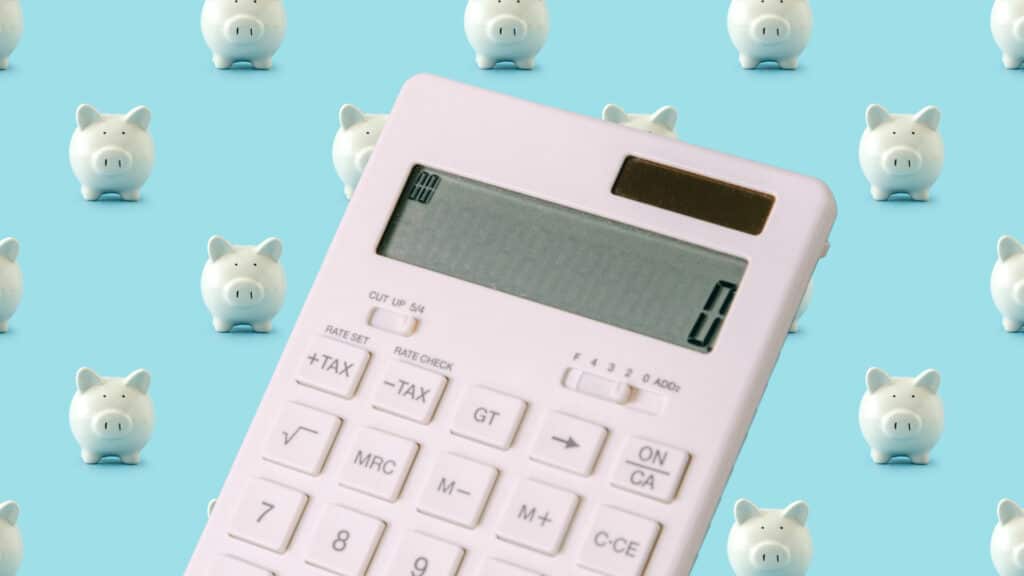
A Complete Guide to Personal Loan Fees
How to Apply for a Home Improvement Loan
Although the application process varies, you generally take these steps to apply:
- Determine how much you need. Estimate the cost of your home improvement project to determine the loan amount you need to request.
- Review your credit. Lenders generally review your credit history when you apply to assess how likely you are to repay the loan. Review your credit reports from all three credit bureaus — Equifax, Experian and TransUnion — for inaccuracies by visiting AnnualCreditReport.com.
- Compare your options. Weigh the pros and cons of several financing options to find the one that matches your needs.
- Research and compare lenders. Compare rates and terms from multiple lenders to get the best deal. Factor in the full cost of the loan, including any fees and rates.
- Submit a loan application. Once you’ve picked a lender, the final step is to apply for a loan. You’ll likely need to provide personal and financial information, such as your Social Security number, tax returns and W-2s.
Bottom Line

Finding a home improvement loan that matches your unique needs requires research and planning. Consider eligibility requirements, loan amounts and funding speed when comparing your options. Before you apply for a loan, compare rates and terms from as many lenders as possible to get the best deal possible.
Frequently Asked Questions
-
Loan amounts vary by lender, the option you choose, and your unique financial situation. Some lenders offer personal loan amounts ranging from $1,000 to $100,000. The amount you qualify to borrow will depend on your creditworthiness.
-
Home equity loan and HELOC minimum credit score requirements vary, but some lenders have minimum credit score requirements as low as 640. Personal loan credit score requirements vary by lender but can be as low as 600. The higher your credit score, the better your chances are of qualifying and securing a competitive interest rate.
-
Repayment terms vary by lender. A personal loan typically has a loan term of two to five years. Home equity loans have repayment terms that range from five to 30 years.
-
It depends on the type of loan taken out. If a homeowner uses a home equity loan to pay for home improvements, they may be able to claim an interest deduction. But if they use a personal loan to fund home improvements, they aren’t eligible for a deduction. Check with a tax professional to see if your home improvement loan qualifies.



